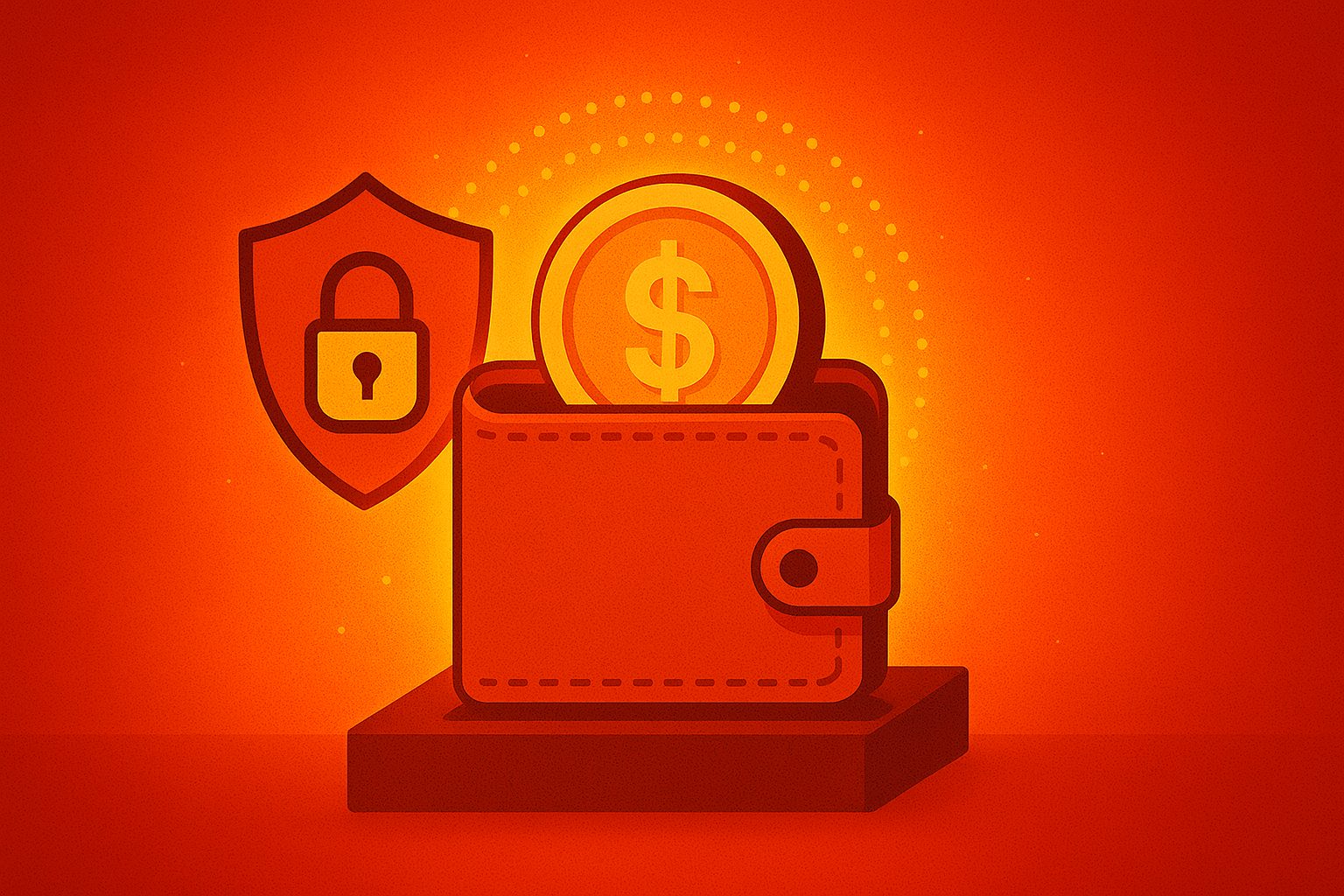Your Token Vault: A Security Odyssey
In the rapidly evolving realm of blockchain crowdfunding, tokens represent more than mere digital assets—they embody the promise of innovation, community-driven growth, and potential financial returns. Ensuring the safety of crowdfunding tokens demands a proactive approach that considers both technical and human factors. Throughout this article, we’ll embark on a security odyssey, outlining the essential safety tips every contributor should embrace to protect their hard-earned tokens. From the intricacies of private key management to best practices for wallet selection, each insight aims to fortify your digital asset fortress and give you peace of mind as you navigate the dynamic world of token-based fundraising.
Mapping the Crowdfunding Token Landscape
Crowdfunding tokens often launch on diverse blockchain platforms, each with unique protocols and security considerations. Whether your tokens reside on Ethereum, Binance Smart Chain, or emerging layer-2 networks, understanding the underlying blockchain architecture is paramount. The blockchain you choose influences wallet compatibility, transaction fees, and consensus mechanisms. A solid grasp of these variables enables you to select storage solutions optimized for your specific token’s network. By mapping the crowdfunding token landscape, you gain the foundational knowledge necessary to make informed decisions about wallet integrations, smart contract interactions, and potential vulnerabilities linked to particular chains.
Unmasking the Threats to Your Tokens
Digital asset storage is susceptible to a multitude of threats, ranging from phishing attacks and malware intrusions to hardware failures and human error. Cybercriminals continuously devise deceptive tactics, such as counterfeit wallet applications or malicious browser extensions, to trick unsuspecting users into exposing private keys. At the same time, physical risks—like device theft or accidental damage—pose significant challenges for those who rely on hardware wallets or paper backups. Recognizing the full spectrum of threats is the first step toward creating a comprehensive defense strategy. By unmasking these dangers, token holders can prioritize protective measures that address both online and offline vulnerabilities.
Constructing a Robust Wallet Infrastructure
Selecting the right wallet infrastructure is a pivotal decision in token security. Wallets fall into two broad categories: hot wallets, which remain connected to the internet for instant access, and cold wallets, which store private keys offline for maximum protection. Many seasoned contributors adopt a hybrid approach, allocating a small portion of tokens to hot wallets for active participation in decentralized applications while funneling the majority into cold storage solutions. When constructing your wallet infrastructure, consider factors such as ease of use, network compatibility, and the vendor’s track record for security updates. A thoughtfully designed wallet ecosystem ensures that your crowdfunding tokens remain accessible when needed but insulated from most attack vectors.
Unlocking the Secrets of Private Key Management
At the heart of token security lies private key management—the art and science of safeguarding the cryptographic keys that grant access to your assets. Effective key management begins with generating keys in a secure environment, ideally using open-source wallet software on an air-gapped computer. Never enter private keys or seed phrases into online forms or untrusted devices. Instead, leverage hardware wallets or encrypted offline storage devices to store these critical credentials. Refrain from sharing your private keys under any circumstance, and resist the temptation to take screenshots or save them in cloud storage, where they become vulnerable to hacking. By adopting disciplined private key protocols, you transform your seed phrase from a potential liability into a formidable barrier against unauthorized access.
Embracing Cold Storage for Long-Term Holds
Cold storage solutions, including hardware wallets and paper wallets, represent the gold standard for long-term token preservation. Hardware wallets encapsulate private keys within tamper-resistant chips, requiring physical confirmation for each transaction. Meanwhile, paper wallets involve printing seed phrases on high-quality, fade-resistant materials and storing them in secure locations. Embracing cold storage begins with vetting reputable wallet manufacturers and verifying the authenticity of your device’s firmware. Once set up, commit to maintaining multiple, geographically separated backups to guard against fire, flood, or theft. Though accessing tokens in cold storage necessitates a few extra steps, the reduction of remote attack surfaces offers unparalleled peace of mind for investors holding significant crowdfunding token allocations.
Navigating Hot Wallet Best Practices
While cold storage excels at safeguarding bulk holdings, hot wallets facilitate real-time token interactions, such as participating in ongoing ICO contributions or decentralized finance protocols. To navigate hot wallet best practices, start by choosing wallets with proven security features—such as encrypted local storage, biometric authentication, and withdrawal whitelists. Regularly update your wallet software to benefit from the latest security patches, and verify all transaction details carefully to avoid falling prey to man-in-the-middle exploits. Complement these measures by running reputable antivirus and anti-malware suites on devices used for hot wallet access. By treating your hot wallet as a specialized tool for active engagement—rather than a catchall storage solution—you can mitigate risks inherent to online connectivity.
Fortifying Security with Multi-Signature and Custodial Options
For contributors seeking an extra layer of assurance, multi-signature wallets and institutional custodial services offer sophisticated security architectures. Multi-signature configurations require multiple independent approvals before executing transactions, effectively distributing control among trusted parties or devices. This arrangement reduces the likelihood of single-point failures and deters insider threats. Custodial services, on the other hand, entrust token storage to specialized firms that employ advanced security measures—such as cold air-gapped vaults, insurance coverage, and dedicated security teams. While custodial solutions introduce counterparty risk, they can simplify compliance and recovery processes for large-scale investors. Whether you opt for a multi-signature protocol or a professional custodian, layering these services atop your existing wallet strategy bolsters defenses against both technical and operational hazards.
Securing the Tangible: Physical Safeguards for Your Devices
Digital asset security extends beyond code and cryptography to encompass the physical realm. For hardware wallets and paper backups, implement tangible safeguards that deter theft, damage, and unauthorized access. Store devices in lockable safes or safety deposit boxes, ideally in climate-controlled environments that resist moisture and temperature fluctuations. Use tamper-evident bags or seals to detect any unauthorized handling of your cold storage devices. Consider creating decoy wallets with minimal token balances to misdirect potential thieves. Additionally, maintain a detailed inventory of where each backup resides—without explicitly labeling the contents—to streamline retrieval during emergencies. By treating your cold storage infrastructure with the same rigor as a high-security facility, you minimize the likelihood of physical compromises.
Planning for the Unthinkable: Recovery and Contingency Protocols
Even the most bulletproof security measures cannot entirely eliminate human error or unforeseen catastrophes. Planning for recovery entails drafting clear contingency protocols that outline steps to reconstitute access to crowdfunding tokens. Begin by documenting your seed phrases, device credentials, and multi-signature co-signer contact details in encrypted form, storing these records separately from the devices themselves. Identify trusted individuals—such as family members or legal representatives—authorized to act on your behalf should you become incapacitated. Establish a protocol for emergency seed phrase disclosure, perhaps using time-locked safe deposit boxes or court-escrowed wills. By rehearsing recovery procedures and ensuring that critical information can be securely transmitted under duress, you safeguard against scenarios where device loss or personal crises threaten token accessibility.
Maintaining Software and Firmware Hygiene
Blockchain security is an ongoing endeavor, and maintaining software and firmware hygiene is a cornerstone of long-term token safety. Periodically check for updates to wallet applications, hardware wallet firmware, and any associated management tools. Source updates exclusively from official vendor channels and verify digital signatures to guard against supply-chain attacks. Uninstall deprecated wallet software and avoid installing add-on extensions from untrusted repositories. On the network side, use secure DNS services and consider employing virtual private networks (VPNs) when accessing wallets over public Wi-Fi networks. By committing to regular security audits—both automated and manual—you reduce exposure to newly discovered vulnerabilities and reinforce the integrity of your token storage environment.
Cultivating a Culture of Security Mindfulness
Ultimately, technology can only do so much; a culture of security mindfulness among token holders is equally vital. Stay informed about emerging threats and best practices by following reputable blockchain security researchers, participating in community forums, and attending industry webinars. Foster a habit of skepticism when encountering unverified wallet recommendations or unsolicited airdrop offers that prompt you to divulge private keys. Encourage dialogue with fellow contributors to share insights and collectively elevate security standards. By treating token storage not as a one-time setup but as a living discipline, you adapt to evolving threats and reinforce a personal ethos that prizes vigilance, responsibility, and continuous learning.
Anchoring Your Tokens with Confidence
Safeguarding crowdfunding tokens demands a multifaceted approach that spans technical, physical, and human domains. From meticulously managing private keys and embracing cold storage solutions to instituting robust recovery protocols and nurturing a security-first mindset, each tip outlined here contributes to a resilient defense posture. As you journey through the exciting world of token-based fundraising, let these safety practices anchor your digital assets in confidence. By marrying vigilance with the right tools and habits, you ensure that your contributions—born from optimism and innovation—remain protected against the uncertainties of the blockchain frontier.




